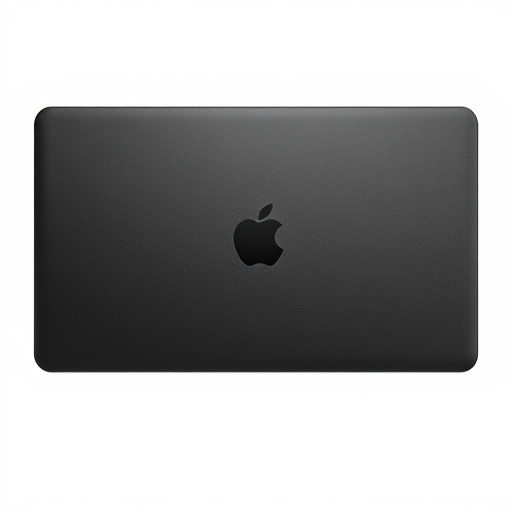Warranty protection and insurance safeguard against product defects and unforeseen events respectively. Warranties focus on specific items for a set period, while insurance covers broader risks affecting various possessions. Choose warranty protection for long-term item assurance or insurance for unpredictable, diverse risks.
Warranty protection and insurance are both crucial tools for safeguarding personal possessions, but they serve distinct purposes. Understanding these differences is key to optimal protection. This article delves into the nuances of each, focusing on warranty protection’s coverage for product defects versus insurance’s broader scope of guarding against unforeseen events and risks. By exploring these distinctions, you’ll learn when to choose each for comprehensive defense against potential threats.
- Understanding Warranty Protection: Coverage for Product Defects
- Insurance: Protecting Against Unexpected Events and Risks
- Key Differences: When to Choose Each for Optimal Protection
Understanding Warranty Protection: Coverage for Product Defects

Warranty protection is a crucial aspect of purchasing any product, ensuring consumers are shielded from unexpected costs associated with defects. When it comes to products like electronics or appliances, warranties typically cover manufacturing flaws and malfunctions over a specified period. This means if your new phone stops working due to a production error or its battery life significantly drops below the promised standards within the warranty frame, you can avail of free repairs or replacements without incurring extra charges.
In the context of automotive detailing and paint protection, such as with paint correction services or the application of paint protection film, warranty protection plays a different role. While it doesn’t directly cover these services like it does product defects, it can offer peace of mind knowing that any issues arising from manufacturing or material defects in related products (like wheels or car bodies) will be addressed without additional financial strain.
Insurance: Protecting Against Unexpected Events and Risks

Insurance plays a pivotal role in protecting individuals and businesses from unexpected events and risks that can disrupt their financial stability. When it comes to personal or business assets, insurance acts as a safety net, shielding against unforeseen circumstances like accidents, natural disasters, theft, or damage. For instance, car customization enthusiasts investing in high-quality finishes for their vehicles rely on insurance to safeguard against potential claims arising from accidents or vandalism. Similarly, businesses with valuable equipment and inventory turn to insurance to mitigate risks associated with operational disruptions, fires, or other unforeseen incidents.
By providing financial compensation or coverage, insurance offers peace of mind, ensuring individuals and entities can recover from adverse events without incurring substantial financial burdens. Unlike warranty protection, which primarily focuses on the quality and performance of products, insurance broadens its scope to encompass a wide range of perils and uncertainties. This makes insurance an indispensable tool for risk management, enabling policyholders to protect their assets, secure their future, and maintain stability in the face of the unknown.
Key Differences: When to Choose Each for Optimal Protection

When deciding between warranty protection and insurance, understanding their distinct roles is crucial for optimal protection. Warranty protection, often associated with products and services, guarantees specific conditions for a set period. For instance, a manufacturer’s warranty on a new appliance covers defects in materials or workmanship. This type of protection is ideal for ensuring high-quality finishes and peace of mind during the initial ownership period.
On the other hand, insurance provides financial coverage against unforeseen events. In automotive contexts, it can cover repairs due to accidents, natural disasters, or theft, including services like window tinting and comprehensive detailing. Choosing between them depends on your needs: warranty protection for long-term assurance on specific items, and insurance for broader, unpredictable risks that could affect various aspects of your possession, such as vehicles.
Warranty protection and insurance serve distinct purposes in safeguarding your investments. While warranty protection offers coverage for product defects during a specified period, insurance protects against a broader range of unexpected events and risks. Understanding these differences is crucial in choosing the optimal mix of protection for your needs. For peace of mind, consider how each option aligns with the specific risks you face, ensuring you’re prepared for both expected and unforeseen circumstances.














